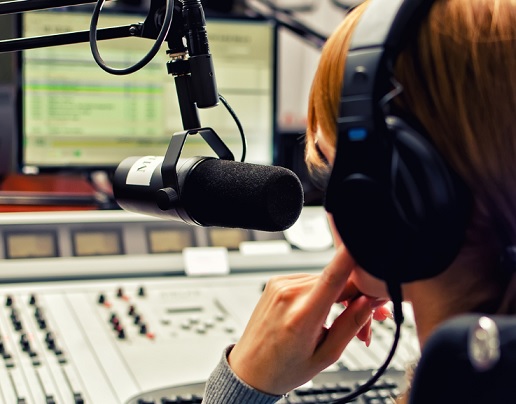Apple’s launch of the new Beats 1 digital radio station yesterday is a clear sign that radio is taking a big evolutionary step for the first time in nearly 100 years: It is changing its primary form of distribution and moving from analog to digital. And with this change, a revolution of it is underway. The old behemoths are struggling to keep up while both upstarts and the biggest company in the world — Apple — all step into the space that was previously impenetrable.
As a former Sirius XM, iHeartRadio, and syndicated radio DJ, as well as the founder of Dash Radio, an Internet-broadcast radio service, I’ve been preaching about the change coming in the live radio broadcast space to businesses, investors, and consumers for years. It’s nice to see that vision finally catching on.
Radio was the original social network. It was the first format that allowed people in different areas to listen to music at the same time, in real time, and react. Driving this were DJs — men and women who obsessively sought out new music and new artists so they could deliver new music experiences. And consumers loved it. They were a part of something bigger than just themselves, and it gave birth to the modern day music business.
But the costs of operating a radio network — based on either traditional FM stations or satellites — are very high. The consolidation that ended the era of local radio led to mega-corporate airwaves that controlled what music you could hear as a few companies came in and bought up almost every station in the country. That’s how we got to the cluster model operated today. With this, radio programming shifted from tastemaker DJs to radio consultants and MBAs driven by ratings and revenues.
“Radio. On. Internet” jokes from HBO’s “Silicon Valley” aside, there really is an important distinction to be made by using the Internet to broadcast radio. Let me explain. Despite all the negativity around what traditional FM radio has become, it still remains the number one way people discover music today. The problem is not with the concept but with the execution. By shifting radio to the Internet, we can return radio to its original state and get rid of what people hate — like how 25 percent of an hour is commercials, and the other 75 percent plays the same few songs and formats over and over.
Radio has always been expensive. Even an AM tower in a small town can cost millions. Using the Internet to broadcast wipes away those costs and lowers the financial stakes, allowing for more interesting programming that takes risks, promotes diversity, and provides fans and DJs more options.
The result is a return to real people curating the music you hear. On Beats 1, that takes the form of professional radio hosts like Zane Lowe as well as guest DJs such as Drake, Elton John, and Pharrell Williams hosting an hour or so. On Dash Radio, we started this almost a year ago on an even bigger scale with over 60 stations running 24/7, powered by the likes of Snoop Dogg, East Village Radio, Rinse FM, and the GRAMMY’s, who are all given artistic freedom to create their own stations, which we cobble together as a sort of multichannel network for music.
There’s a sharp distinction between what Dash Radio and Beats 1 are doing and what we’ve come to know as Internet Radio services like Pandora. Pandora and its ilk not only removed what made radio great in the first place (the curators), they also eliminated the true element of discovery. No computer can identify new artists like Kendrick Lamar, Lorde, or Lady Gaga (all of whom I played first on US radio) until they hit a certain level of success, making it tough for new stars to be born. These services are more like playlist generators, akin to an old school mixtape you’d make for a friend.
While that’s not a bad thing, it lacks the communal discovery experience of radio (and isn’t always that friendly to artists). Other radio services like iHeartRadio simply rebroadcast the same terrestrial radio programing already available on FM over the Internet, along with all the programming limitations that come with it (and commercials, lack of variety, etc).
In theory, broadcasting radio over the Internet is no less revolutionary than how online publishing disrupted the print media and YouTube disrupted the TV business. In all cases, a content medium that previously was limited only to entities with the money and power to own their own distribution platform (radio towers, cable lines, printing presses) has become democratized, giving control to the creator over the owner.
At the end of the day, I just want music and radio to thrive. I’m excited to hear what great on air talent can do to showcase the value of live radio again. I hope we can work together to make radio good again. Although traditional radio has lost its roots selling out for the bottom line, together, we can bring it back to its glory days. The revolution has already begun.
Scott “DJ Skee” Keeney is founder and CEO at curator-led digital broadcaster Dash Radio.
VentureBeat's mission is to be a digital town square for technical decision-makers to gain knowledge about transformative enterprise technology and transact. Learn More

